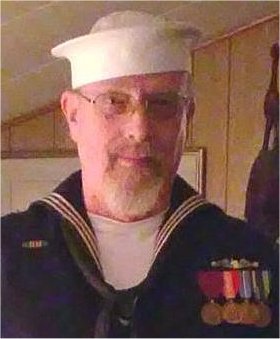
Plankowner
Posts: 9175
Location: Upper lefthand corner of the map. | Subject: RE: U 111 found off coast
Apparently, U-111 remained in port at Emden through the cessation of hostilities on 11 November. Nine days after the armistice, she was surrendered to the Allies and interned at Harwich, England. When the United States Navy expressed an interest in acquiring several of the latest types of U-boats, the Allies allocated six boats-U-117, U-140, UB-148, UB-88, UC-97, and U-164-to the United States on condition that they be destroyed within a year of the transfer. In March 1919, 12 officers and 120 enlisted men arrived in England to ferry the six submarines back to the United States. The crew assigned to U-164 found the submarine in such atrocious condition that it was impossible to ready her for the Victory Bond drive-the ostensible reason for which she had been acquired. For that reason, American authorities in England arranged to secure the substitution of U-111 for the cannibalized and dilapidated U-164. Soon thereafter, she was placed i n commission in the United States Navy, Lt. Comdr. Freeland A. Daubin in command.
Since she had been substituted for U-164 at the very last minute, U-111 did not put to sea on 3 April with the rest of the Ex-German Submarine Expeditionary Force. She remained in Harwich for an additional four days while her crew conducted a crash familiarization course and completed last-minute repairs. Finally, on 7 April, she steamed out of Harwich and stood down the English Channel. Rather than follow the route taken by the other U-boats via the Azores and Bermuda, U-111's commanding officer sought to make up the time he had lost by heading directly across the Atlantic via a great circle route. Fog, gales, and heavy seas harassed the U-boat all the way across the ocean. On one occasion, she came near sinking when she began filling with water because of an open sea-cock. However, one of her crewmen crawled under her engines and into the slimy dark water to find and close the offending apparatus. In spite of adversity, U-111 made her passage successfully and moored in New York on 19 April, in plenty of time to carry out her tasks in the Victory Bond campaign.
At New York, swarms of tourists, reporters, and photographers roamed throughout the submarine. Navy technicians and civilian shipbuilders also came to try to learn everything they could about German submarine construction in the brief time before U-111 departed New York for visits to various ports on the Victory bond circuit. For the bond drive, the coasts of the United States and the country's major waterways were divided into five different regions, one for each of the captured U-boats except U-140. U-111 visited ports along the New England coast and received visitors in conjunction with the sales campaign. The submarine completed her assigned itinerary late in the summer of 1919. Following that, she and UB-148 were subjected to an extensive series of performance tests before being laid up at the Philadelphia Navy Yard. During the summer of 1921, she returned to sea for another series of tests, this time as a target for gunnery and aerial bombardment tests. As a result of tho se experiments, her battered hulk went to the bottom of the ocean sometime in July 1921. |

 U 111 found off coast
U 111 found off coast